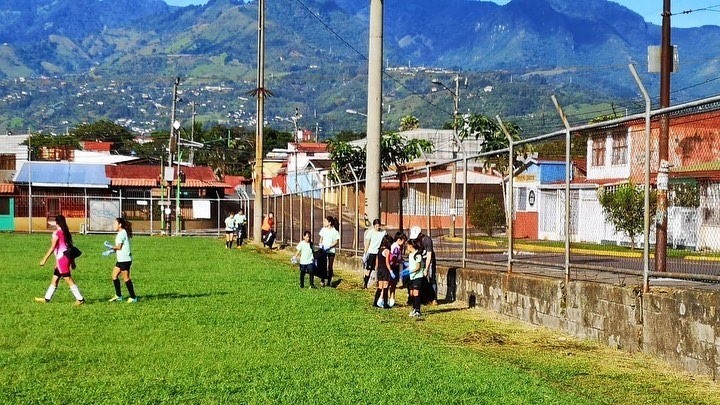
El Corredor Biológico Interurbano María Aguilar (CBIMA), established in 2009, comprises five municipalities in the metropolitan area of San José (Costa Rica) with a combined population of around 400,000. CBIMA spans 39 km2 of modified and natural habitats interconnecting the watershed of the María Aguilar River and contains part of the only Key Biodiversity Area within an urban area in Costa Rica.
The rapid expansion of residential and commercial land uses, including illegal encroachment, has affected riverbanks and fragmented the landscape, creating disaster risk, threatening biodiversity and affecting surface water quality. Insufficient ecosystem connectivity increases species vulnerability in adapting to highly altered urban ecosystems.
CBIMA, an inter-institutional and multi-level governance body with citizen participation, seeks to highlight the role of protected river areas and public green spaces as fundamental elements of a sustainable and inclusive city. Through CBIMA’s efforts, the territory has undergone a gradual process of restoration and recovery of the green fabric both on the banks of the river and in the city. CBIMA works on strategies to promote the use of green spaces in the city as spaces for recreation. The municipalities that form part of CBIMA are taking part in Paisajes Productivos, a UNDP funded initiative to support municipalities in conserving biodiversity through sustainable management of productive landscapes.
Through participation in INTERLACE, CBIMA wants to build a platform to foster systemic, extensive participation in the planning of green public space, based on viable restoration solutions responding to citizen needs to create a safe, clean and inclusive city. As a long-term goal, the municipalities of CBIMA want to turn the area into the most accessible and greenest corridor in Latin America, hoping the planned interventions will become models to be followed in other urban environments in the country.
